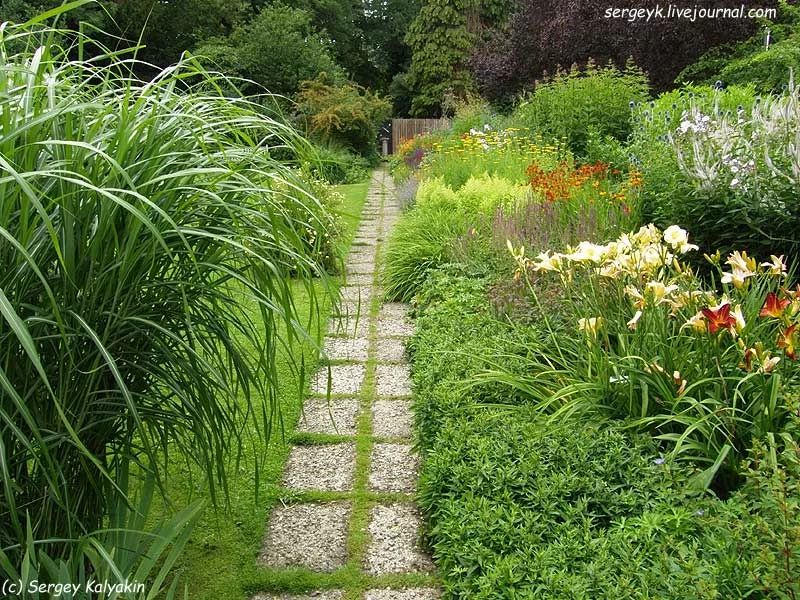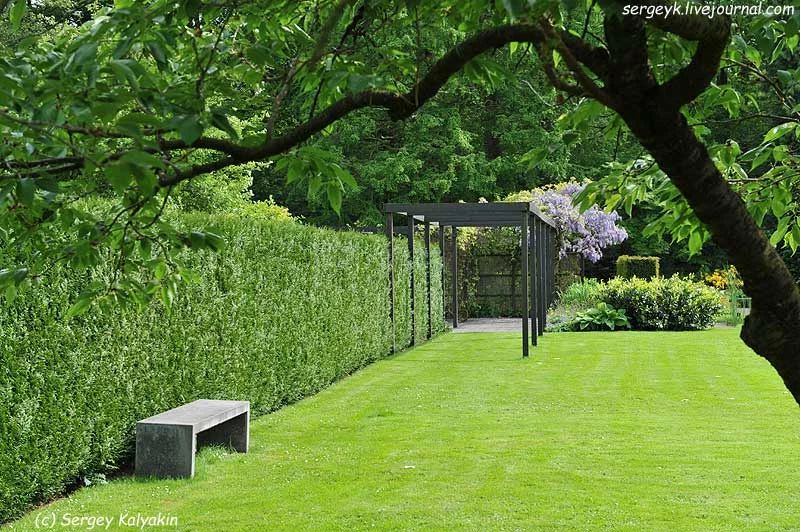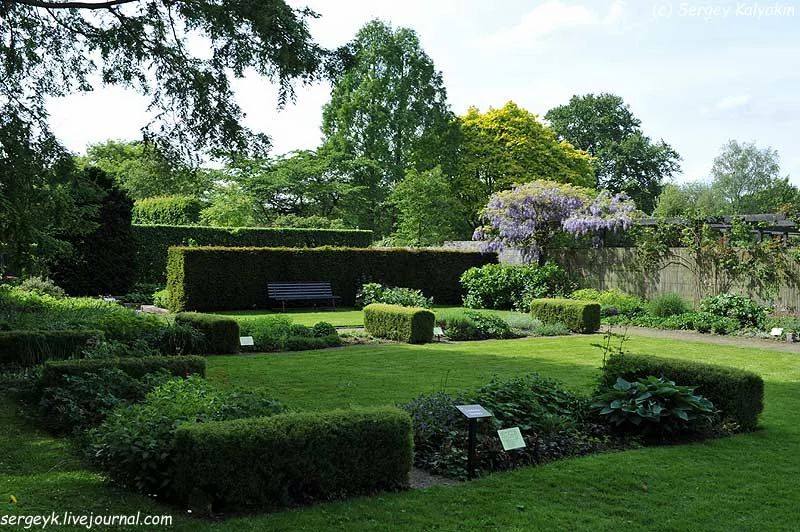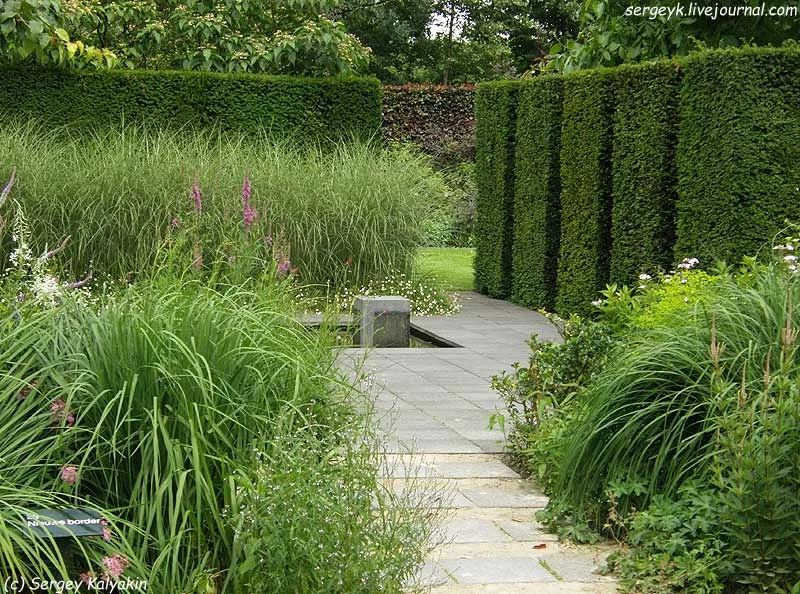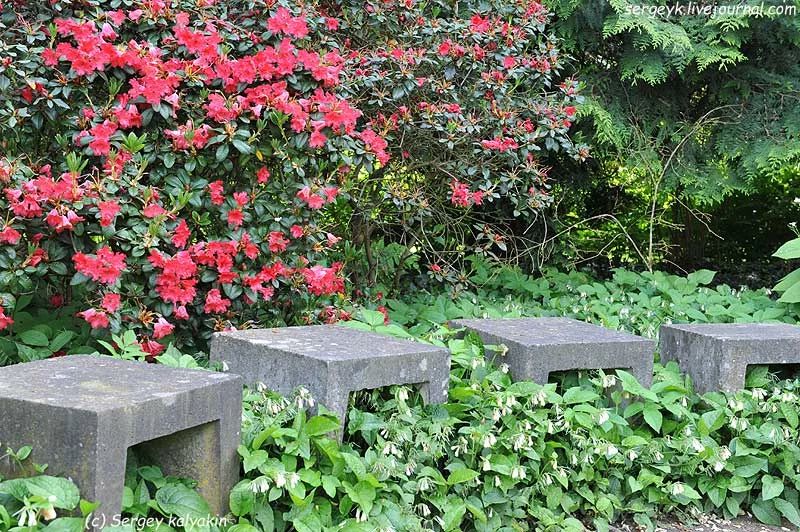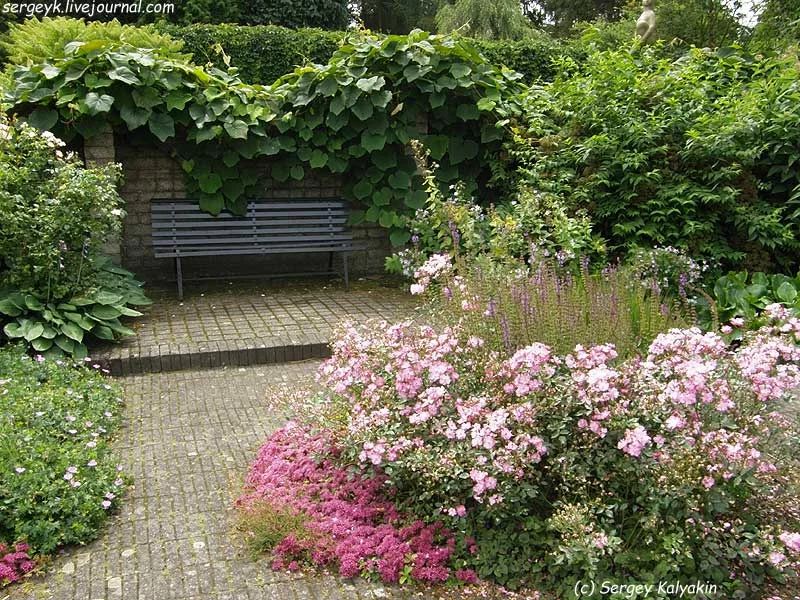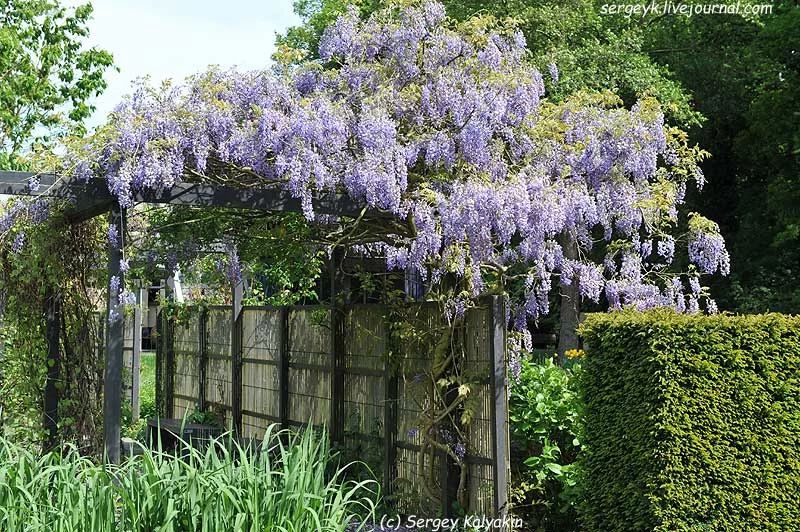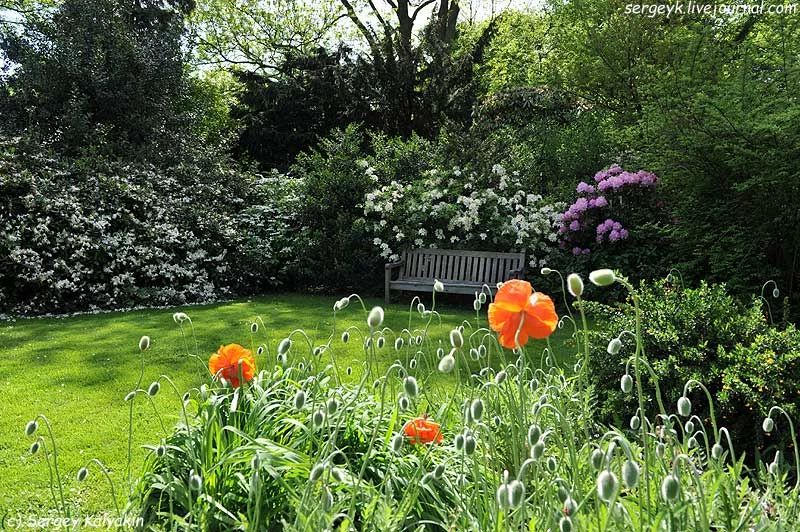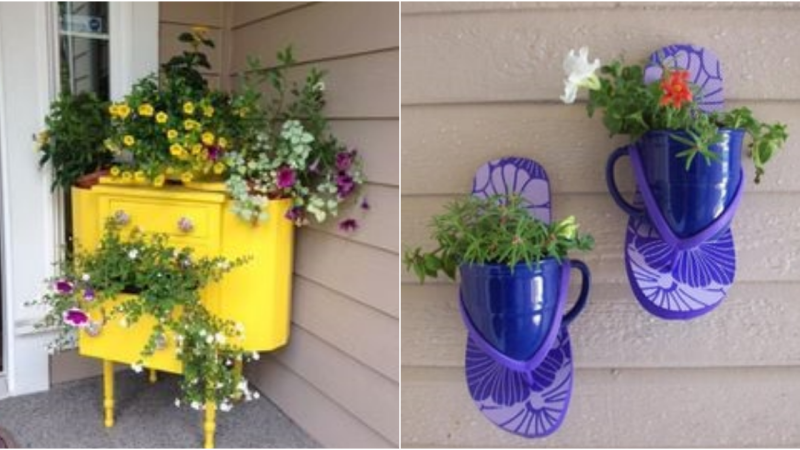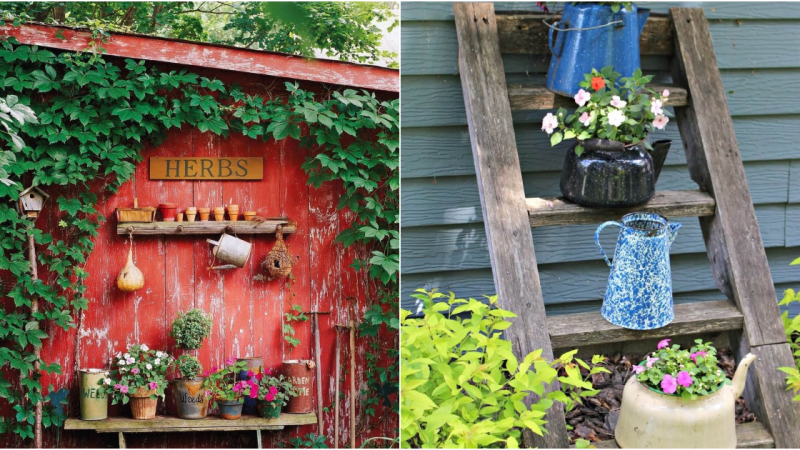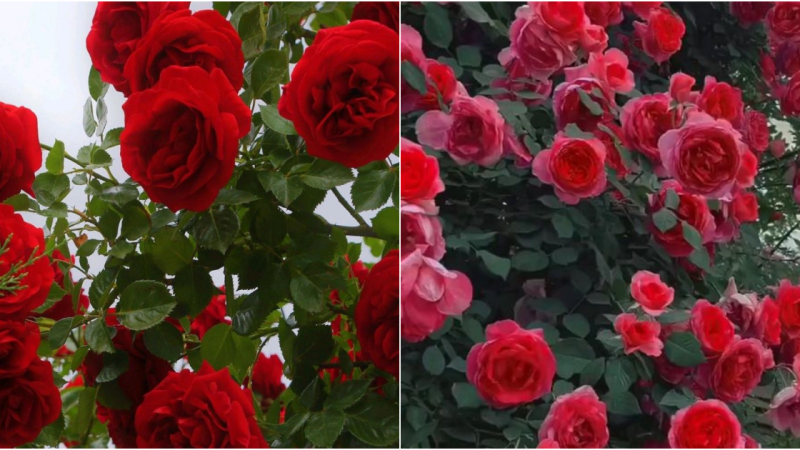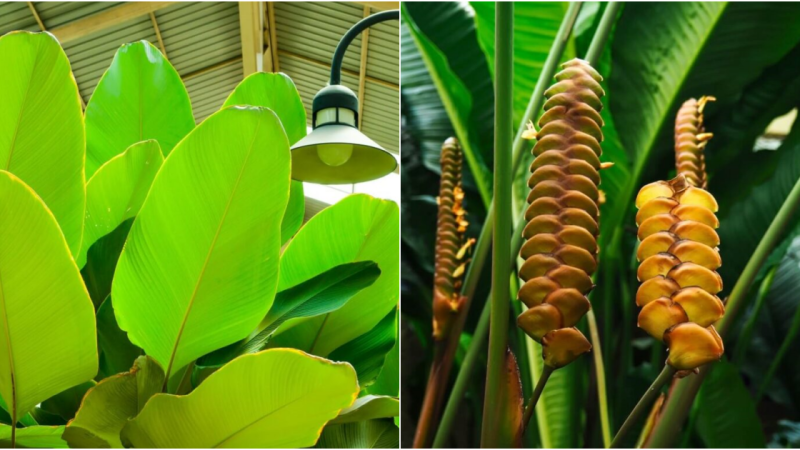Dutch Horticulturists Come To Mien Ruys Garden For Inspiration
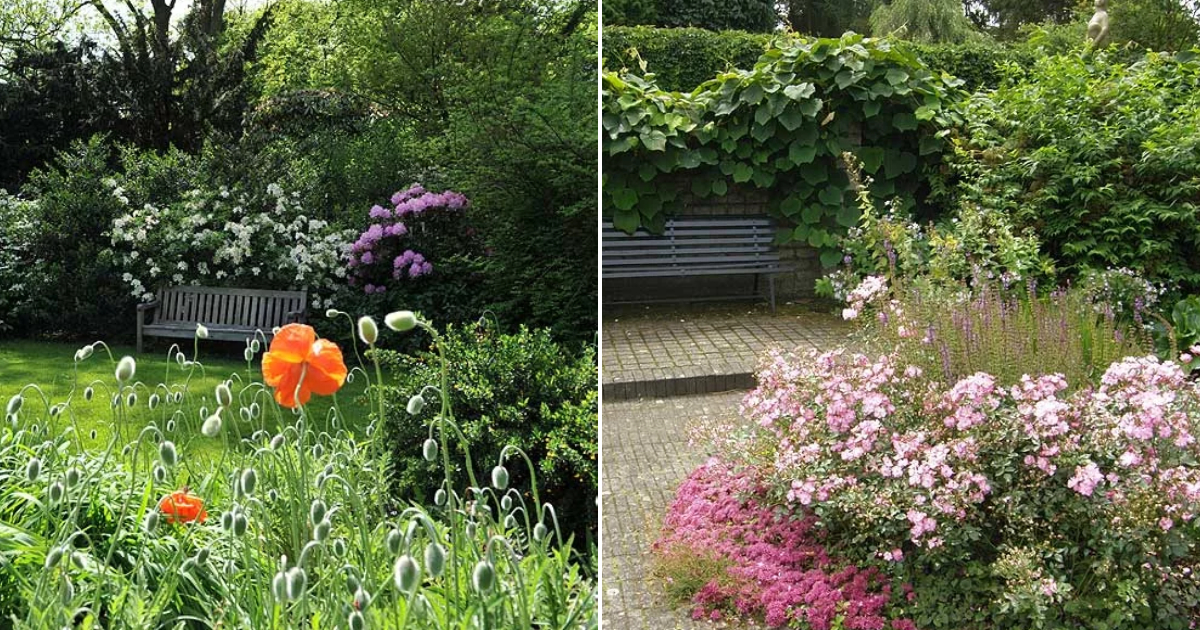
This garden is an experimental platform, a show garden, and a delightful recreational space all at once. It was created over a span of 75 years by the first female landscape architect in the Netherlands and has now become a national architectural monument.

Mrs. Frin, Russians often imagine Holland as one continuous flowerbed. What was it like during Mien Ruys’ time?
She began creating this garden in the 1920s when the Netherlands embraced a landscape park style, and private gardens themselves were much larger than they are now. Mien’s parents owned a nursery of ornamental plants, but she wanted to engage in landscape design and experiment with flowers from an architectural perspective. At that time, it was impossible to receive such an education in the Netherlands, so she studied in Berlin and made several trips to England. It was during one of these trips that she met the renowned gardener Gertrude Jekyll. The result of their meeting was the very first mixed border in the Netherlands.
How many gardens did Mien Ruys create in her lifetime?
She didn’t like to keep count. Initially, many people found her style peculiar, but eventually, she gained widespread recognition. Today, Mien Ruys is included in all school textbooks as the founder of garden functionalism, and many contemporary Dutch designers learned from her, such as Piet Oudolf. Of course, he has his own style, focusing more on plants in design, whereas for Mien Ruys, architecture was paramount.
Did her design always revolve around strict geometric lines?
Yes, she employed rigorous forms filled with naturally appearing plants. Just take a look at her first garden, which she created when she was only twenty. Mien wanted to experiment with shade-loving plants, and her parents allocated a small plot between the nursery and the house for her. That’s how a small square pond surrounded by ferns, hostas, and mound-forming plants came to be. The water mirror expands the space, and even after a hundred years, this simple design still works. At that time, she didn’t have a formal education, only ideas.
By the way, the plan for her last garden is also very straightforward. It’s an ideally round forest glade completely covered in wood sorrel. In spring, one cannot take their eyes off the carpet of small white flowers. And after the wood sorrel, rhododendrons bloom. It’s a remarkably simple and elegant solution using minimal materials.
The entire garden is divided into small thematic gardens interconnected as a whole…
That was due to the fact that it was created over many years. Mien Ruys gradually “reclaimed” territory from the nursery.
This layout was also influenced by the demands of the time: private gardens were becoming smaller and smaller. And more and more people turned to Mien Ruys for the design of small plots. So, she decided to partially standardize the design of small gardens. She prepared plans and planting schemes for different ecological conditions and created what are known as model gardens.
People could come, choose the variant that suited them, go to the nursery, buy the plants they liked, and receive care instructions all in one go.
So, in her work, she aimed to reach a wide range of people?
Yes, she always tried to use simple and inexpensive materials. For example, one of her ideas was to build retaining walls not with expensive bricks but with old railway sleepers. They have a natural appearance, are sturdy, and durable, which is exactly what was needed.
Another idea can be seen in the water garden, perhaps her most famous work of all. Pathways made of modules are laid across the surface of the famous pond, which has adorned many book covers. Even up close, they appear to be wooden, but in reality, they are made of plastic. Now (in 2008), this garden is 19 years old, and the “water pathway” becomes even more attractive over time.
Is the garden changing nowadays?
We never stop our experiments. For instance, we created another garden without a lawn, featuring ground-cover plants.
Or a garden in the “Oudolf style,” where plants choose their own spots and claim their living space. Here, the gardener has much less work compared to an English mixed border where something always needs trimming or tying.
We continue working with grasses as well. In the garden with the “water” sculpture, the main star is the Miscanthus Morning Light.
By the way, grasses beautifully accentuate garden sculptures. Even just a single plant, such as the Carex ‘Goldschleier,’ can serve as an elegant and minimalist pedestal. Of course, it’s better to see it in person. Come visit us, take a look at our experiments.

